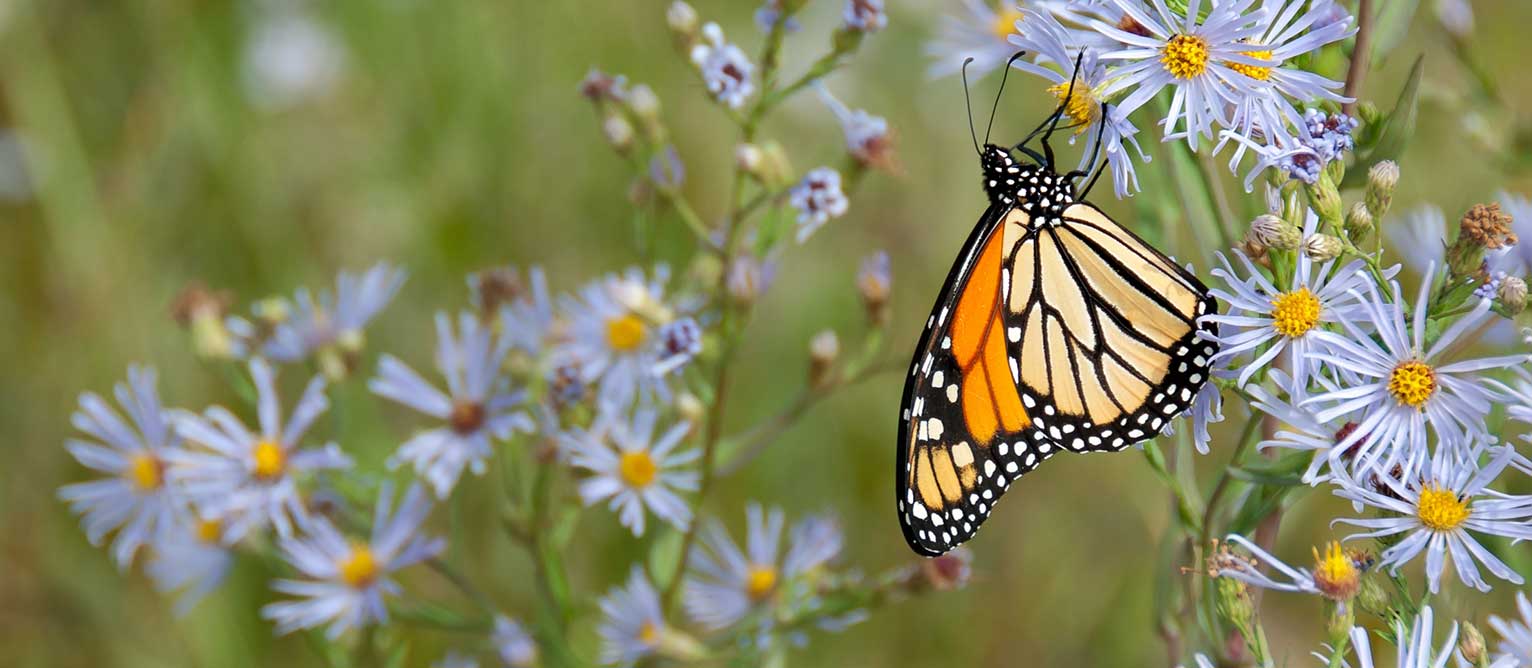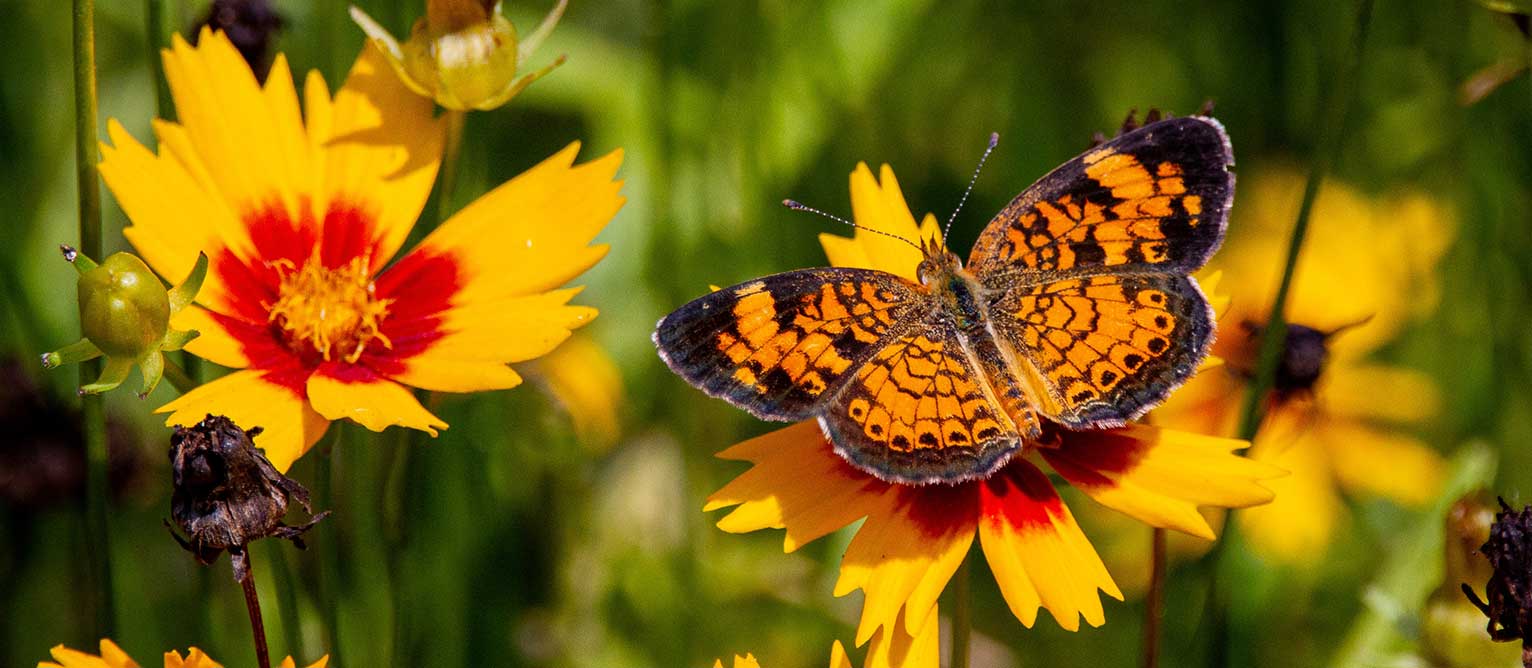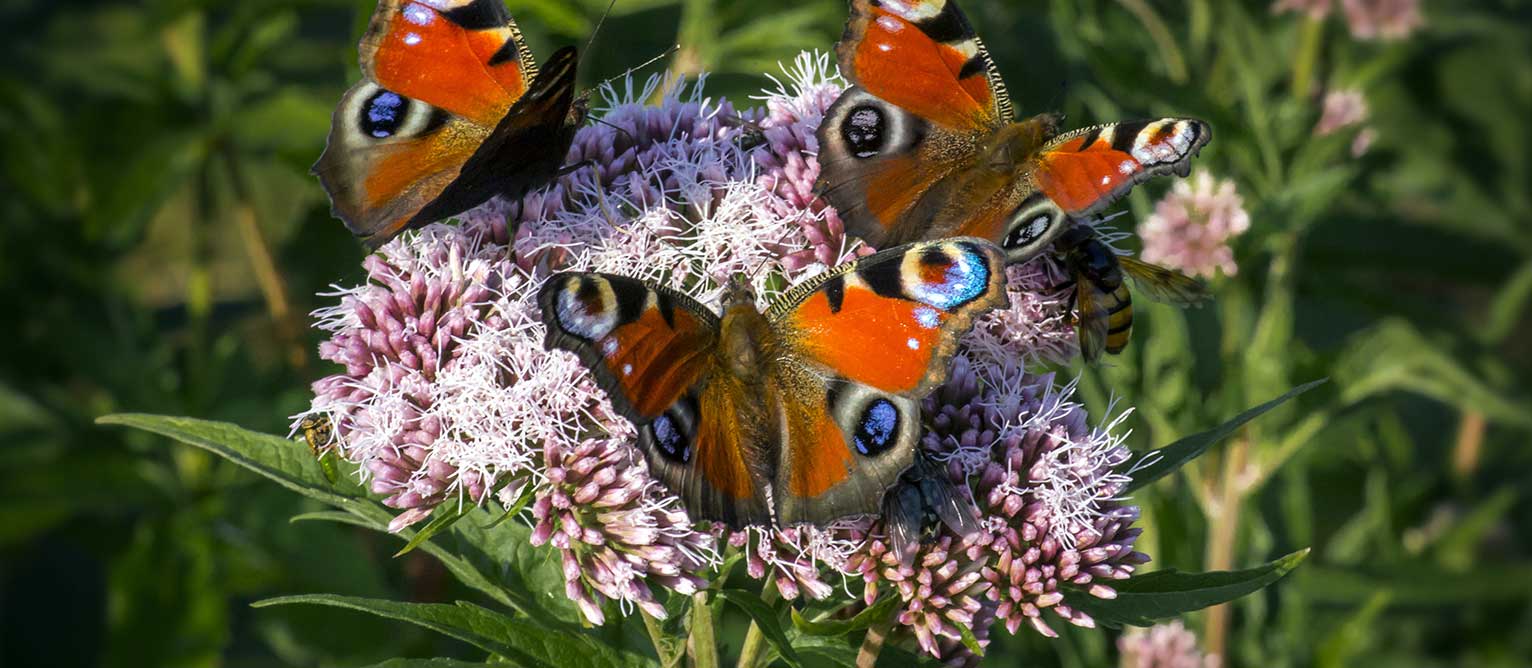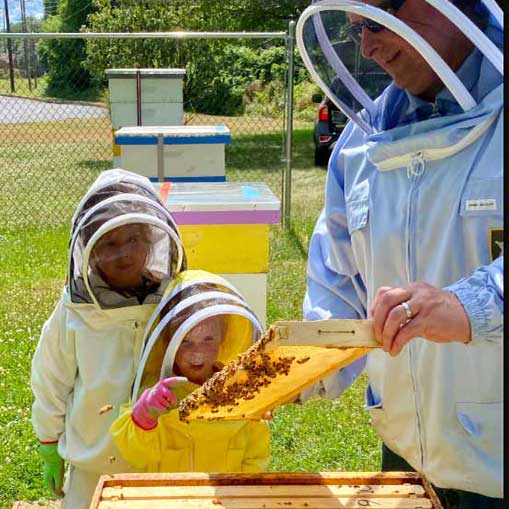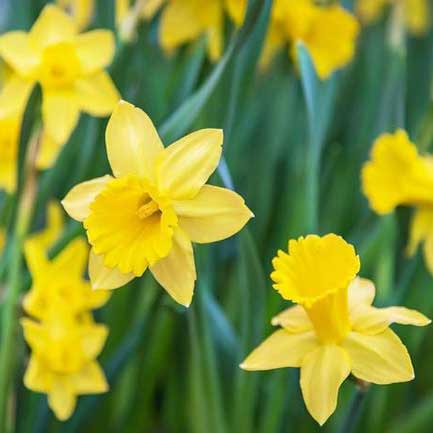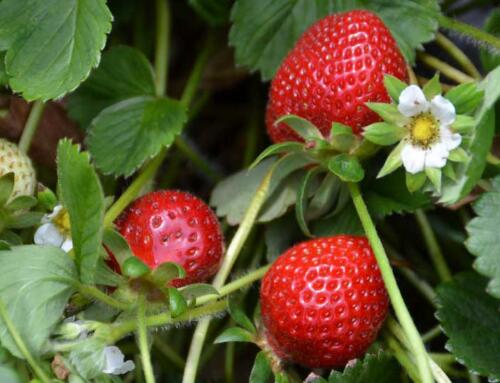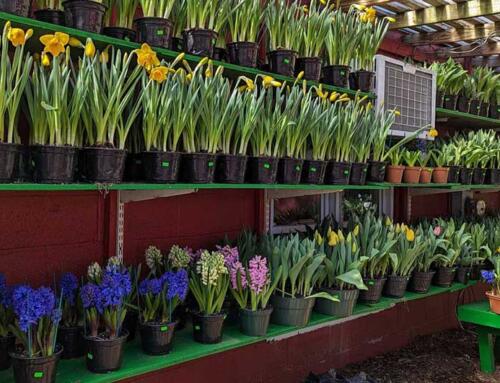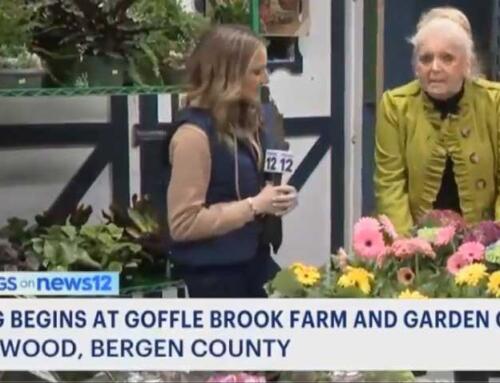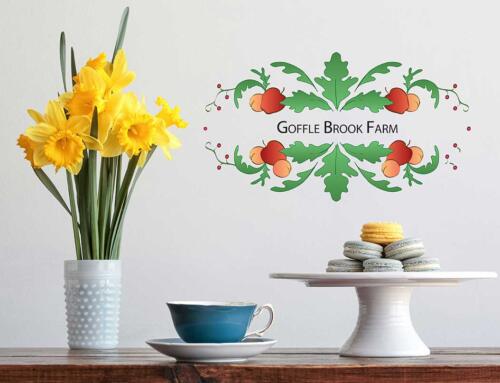Create A Pollinator Garden
and Celebrate Earth Day 2023
This Earth Day, April 22, create a pollinator garden within your space to help butterflies, bees, hummingbirds, and other pollinators overcome habitat loss and urbanization. Help the environment by creating your own eco-system and reap the benefits when your wildflowers bloom. Today is for, among other things, contemplating our role here on Earth. In particular, how do we impact the health and wellbeing of the plants, animals, and the eco-system as a whole?
Goffle Brook Farms and Garden Center wishes that each household would plant one native for Earth Day. Everyone probably knows that the bee and bird population are in danger. So imagine if every household planted just one native a year.

How can a pollinator garden help?
One of the answers to those questions is create a pollinator garden which is a garden bed area set aside to grow plants that earth’s endangered pollinators relish. Yes, that means they attract bees, but they also attract butterflies and hummingbirds. Most pollinators, bees and hummingbirds need to get their pollen and nectar from more than one kind of plant. Otherwise, they won’t thrive (kind of like why we need to eat more than just bananas to get all our necessary nutrition). The key things to keep in mind are: to provide a variety of plants; to try to have plants blooming in all growing seasons (spring, summer, and fall); and to NOT use pesticides.
Even if you just have space for a small mass planting of creeping phlox, dianthus, or native wildflowers, it’s enough to make an impact! Short on space? No spot is too small for pollinators! Window boxes, small potted plants, and even strips of grass between your sidewalk and the street are perfect places for pollinators to recharge.
Suggested Pollinator Garden Perennials
To help you out we’ve selected 10 of our perennials that are excellent pollinator plants for a diverse variety of endangered species such as the hummingbirds, beneficial moths, butterflies and honey bees as well as a host of other insects. Most are native plants, but all of them are readily adaptable to our climatic growing area of northern New Jersey.
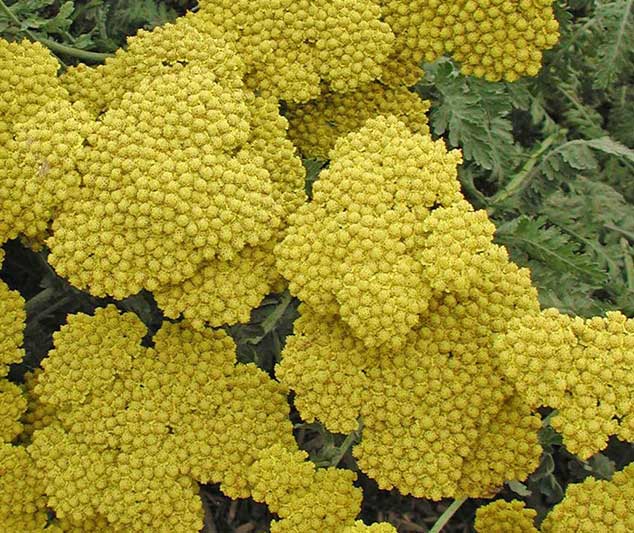
Achillea x ‘Little Moonshine’ (Yarrow)
It can be used in both drought-resistant (xeric) gardens and perennial borders that receive an average amount of rain, as it is highly adaptable in its soil and water needs. Moonshine Yarrow’s distinctive silver-gray foliage is a fine backdrop for the lemon-yellow flower clusters that keep coming all summer. Achillea (Yarrow) are long-blooming, Old World perennials that are exceptionally easy-to-grow and provide ample nectar for butterflies. They are resistant to rabbits and deer. and are tall, upright growers and a preferred pollinator plant of beneficial birds and insects.
Brunnera macrophylla | bugloss
Brunnera is one of those rare occasions when a plant comes along that has the “WOW” factor. Brunnera Macrophylla grows into a brilliant, 18″ wide, deer-resistant clump of round, frosty silver leaves. Each leaf is highlighted by a dramatic green border as well as narrow green vein lines running through the solid silver leaf. As if you needed more, the clump is topped with tiny clusters of blue flowers in early spring…a true superstar.
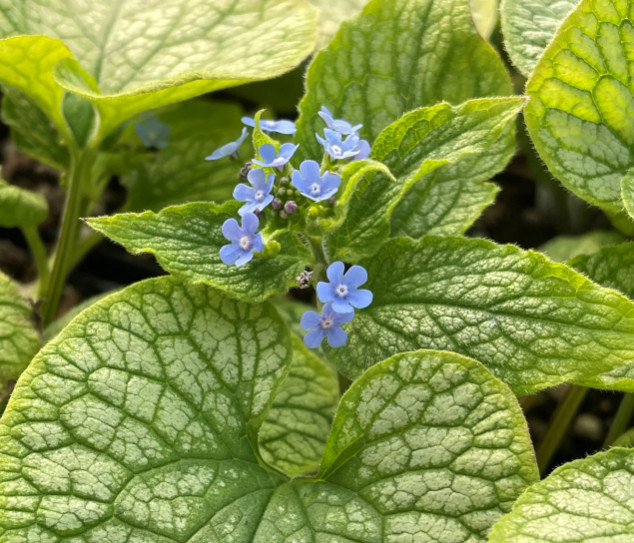
Dianthus gratianopolitanus
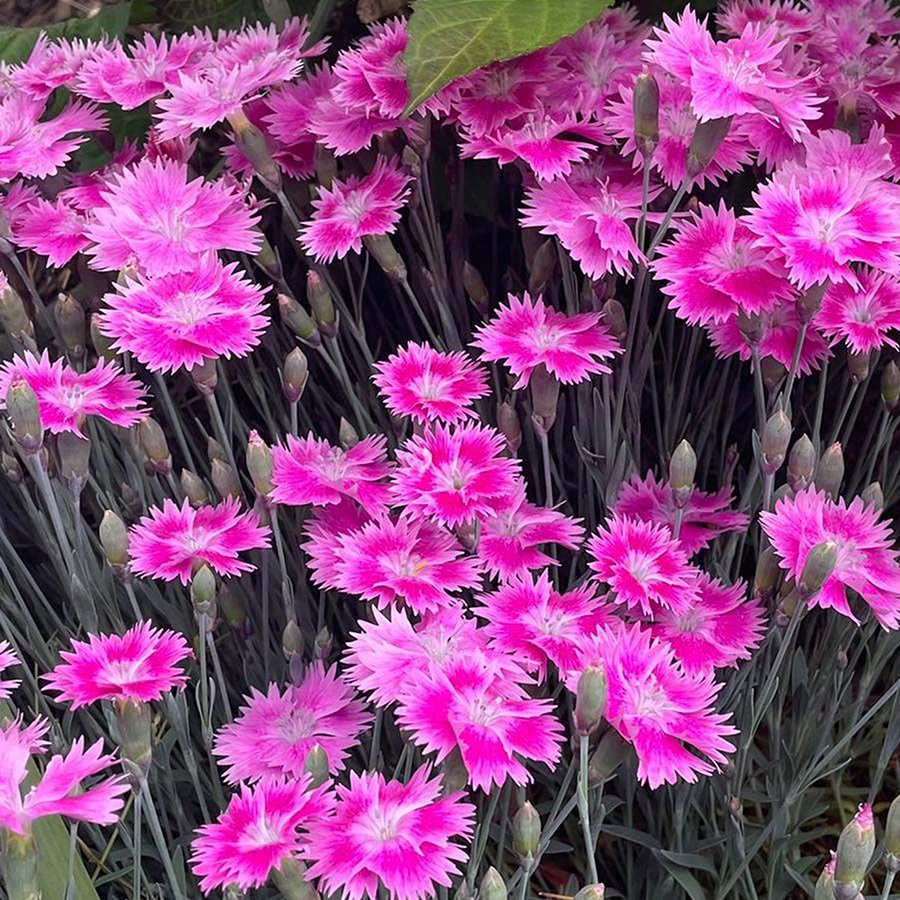
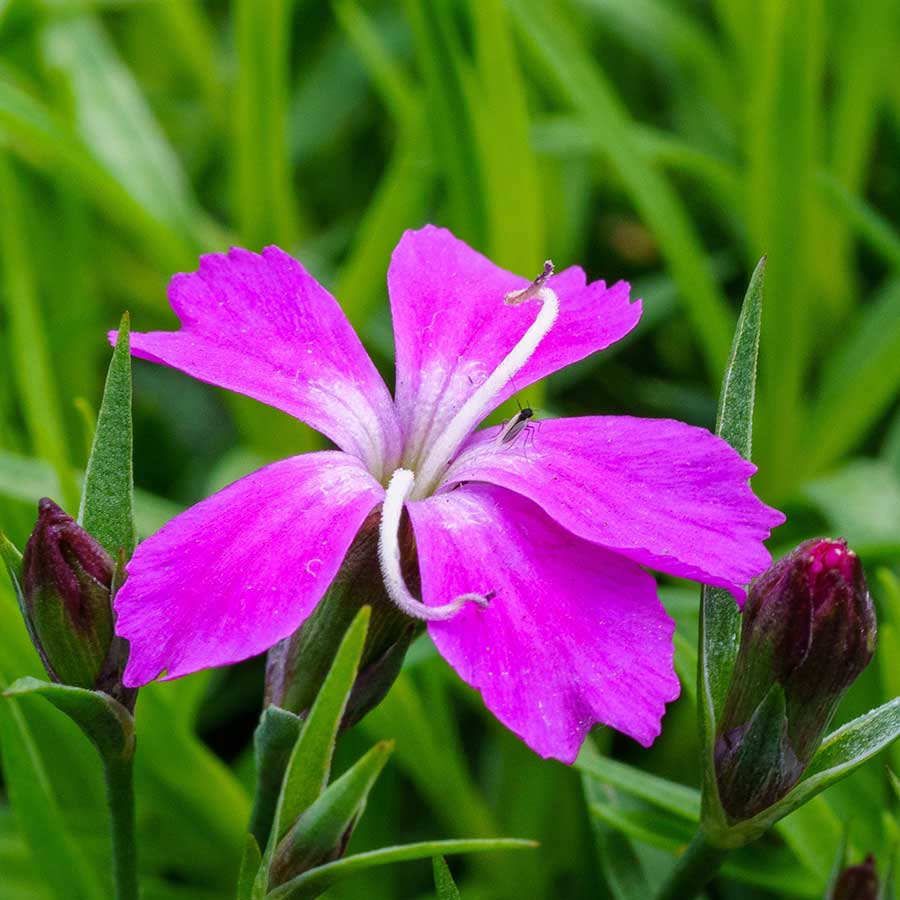


Hosta ‘Patriot’
Hostas are exceedingly popular perennials in today’s gardens due to their versatility in the landscape. The lavender flowers appear on 30″ scapes in midsummer and attracts both hummingbirds and songbirds. This highly versatile Hosta prefers part to full shade. It is adaptable to many soil types and pH levels. The Patriot Hosta is suitable to plant in containers or even as a bed border.
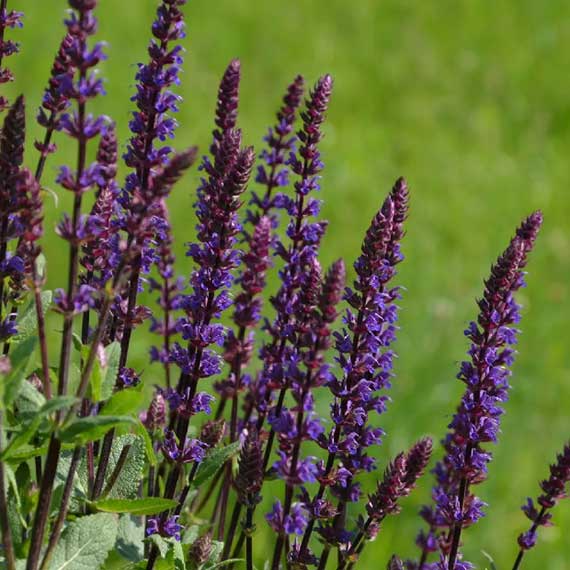
Salvia ‘Caradonna’
‘Caradonna’ is an erect, clump-forming perennial salvia that is noted for its dark purple stems and blue-violet flowers. It typically forms a foliage mound to 12” tall. Medium green leaves are aromatic when crushed. In summer, dense terminal spikes of violet-blue flowers rise above the foliage to 24” tall. Flowers are attractive to bees and butterflies.
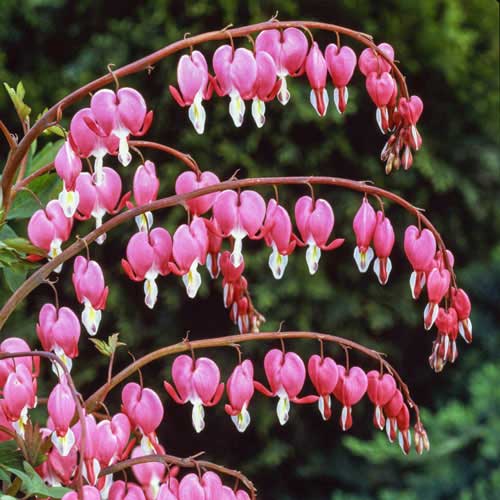
Bleeding Heart
The bleeding heart is an erect, spring to early summer-blooming, herbaceous perennial that reaches a height and width of 2 to 3 feet. It grows in loose clumps or mounds and has delicate arching branches that are tipped with pink to white heart-shaped flowers. The green fern-like foliage is divided into 3 leaflets.
Phlox | Mountain Pink

Phlox Mountain Pinks – 8” pot 8.99 each while supplies last!
Wednesday April 19th thru Sunday April 23rd
Honey bees forage for nectar and pollen exclusively, and as they forage for these resources, honey bees accomplish pollination. Without their pollination we wouldn’t have flowers. A great and inexpensive way to help them and to encourage them to frequent the flowers is to add a watering station for bees.
Making a bee watering station doesn’t have to be complicated or expensive! One easy way to make one is to use a ceramic pot and pot base. Flip the ceramic plant pot upside down and sit in on the ground, or on a table or bench (ideally in a quiet and shady area). Place the pot base on top of it and fill with decorative stones, marbles or beads. Then, fill the container enough that only the very top of the stones, marbles or beads are exposed and uncovered, acting as a dry and safe landing spot for bees. And, voila! Make sure to monitor the water level regularly and fill or scoop out some water as needed, if it rains a lot.
One of our favorite local products we offer in our farmer’s market is Frank’s Honey. Imagine how happy Frank “the beeman” Mortimer would be if he could make more honey just because you planted native pollinator plants.
Frank’s Honey is 100% pure, raw, all-natural, local honey. Frank’s Honey is hand-harvested and hand–extracted from his family cared for hives in and around Ridgewood. Crafted from Nature, Frank’s Honey is hand-poured fresh into bottles, bringing high quality, sweet goodness to your table.
Available at Goffle Brook Farms and Garden Center
Please visit Maggie from Goffle Brook Farm at the Conservancy for Ridgewood Public Lands Hosting Daffodil Festival and Earth Day Fair on April 23
Maggie will be planting pansies with the youngsters to take home. The event will feature interactive activities and entertainment for the whole family to spread awareness and get the public involved in keeping green. The festival will feature a variety of eco-themed activities for the whole family throughout the square, including educational programs by Ridgewood Water and Recycling, a “recycling magician,” live music by local bluegrass band Blue Plate Special, a petting zoo and a tree climbing activity. Always a highlight is the Daffy Dog Parade which is to begin at 12:30 pm. All leashed dogs and their owners are welcome to dress in costume and join the celebration, with prizes to be awarded.

